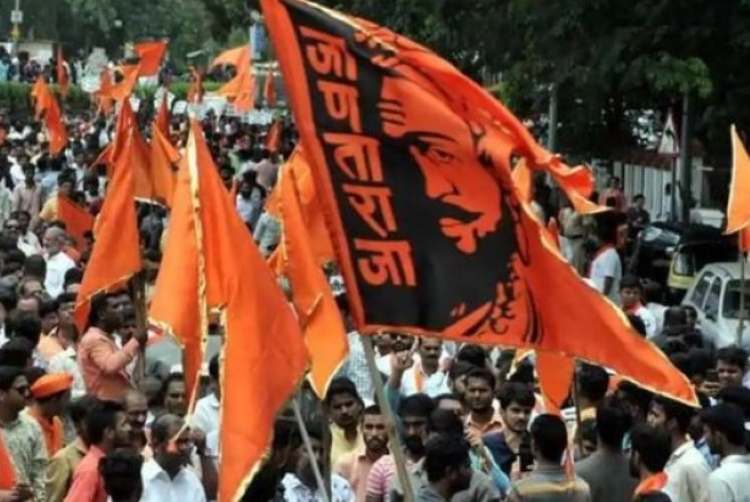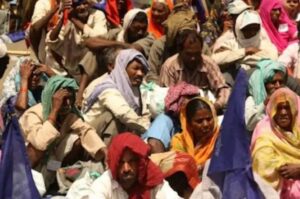
Nearly a century after India last gathered caste data, the Union government has decided to weave a full caste enumeration into the forthcoming decadal Census. The cabinet committee on political affairs, chaired by Prime Minister Narendra Modi, quietly cleared the caste census proposal—an about-face from the government’s earlier stance. A firm timeline is still under wraps, but the decision ends months of speculation ignited by state-level caste surveys in Bihar, Telangana and Karnataka.
For years, successive administrations argued that counting caste groups other than scheduled castes and scheduled tribes would be an administrative nightmare. Enumerators, they insisted, record information; they do not verify it. Yet the clamour refused to die. Parties anchored in other backward class support—RJD, SP, DMK, JD(U) and even a cohort of BJP MPs—kept the demand alive. With the 2024 Lok Sabha results exposing cracks in the BJP’s OBC vote bank, the Union government has now embraced an exercise it once dismissed.
READ I Ukraine peace built on territorial surrender may not last
What a caste census entails
A caste census goes beyond head-counts. Enumerators will log caste identity alongside literacy, occupation, income and housing conditions, producing the first granular snapshot of social hierarchy since 1931. Such data can sharpen affirmative-action design, guide welfare spending and help gauge whether reservations in jobs, education and politics reflect today’s demographics.
Independent India’s first Census in 1951 recorded only SCs, STs and broad religious categories. The rest of the caste pyramid was left to guesswork. A socio-economic caste census conducted in 2011-12 cost nearly Rs 4,900 crore, but its caste tables were never released—officially for fear of inaccuracies, unofficially for fear of political fallout. Policy, therefore, still leans on numbers last compiled under the British Raj in 1931.

The clamour for a fresh caste head count did not spring up overnight; it stretches back to the 1950s when the Kalelkar Commission first urged robust data to guide backward-class welfare, resurfaced with the Mandal Commission in 1980, and re-emerged whenever quota debates flared in Parliament.
Every time, successive Union governments—Congress, United Front, UPA and NDA alike—balked, citing a thicket of technical and political hazards: more than 5,000 caste names whose spellings shift with region and dialect; fears that verifying claims would paralyse enumerators; worries that hard numbers could trigger immediate, perhaps uncontrollable, demands for higher or new reservation quotas; and an abiding concern that foregrounding caste might harden identities the Constitution sought to blur. In short, stonewalling became an exercise in risk-management: better to govern with hazy approximations than to publish figures that could redraw India’s electoral and policy landscape overnight.
Why caste numbers matter
Without fresh data, the 50% ceiling on reservations—set by the Supreme Court in 1992—floats above shifting social realities. The Court’s later insistence on removing a creamy layer from OBC quotas is likewise hard to police. Meanwhile, surveys show upper-caste households continue to dominate white-collar jobs and business ownership, while SCs, STs and many OBC groups cluster in manual or blue-collar work. A credible caste census could expose such imbalances and inform corrective policy instead of guesswork.
States are already carving “quota within quota” schemes, sub-categorising OBCs into dominant and marginal blocs. Fresh national figures will embolden communities to seek larger shares of the pie—or new slices altogether. Parties across the spectrum know this. The Congress campaigned in 2024 on a promise of jitni abaadi, utna haq (rights proportionate to population). The JD(U) rode Bihar’s own caste survey to electoral advantage. By green-lighting a national count, the BJP seeks to blunt that edge, yet it also courts a Pandora’s box of demands for recalibrated reservations.
Re-inscribing caste on every Census form could harden identities the Constitution set out to dilute. Others fear messy litigation if data quality is challenged, or political turmoil if numbers upset established power balances. Yet proponents argue that refusing to measure inequality does not erase it; it merely conceals it.
Announcing the head-count was the easy part. The real tests lie in training 21 lakh enumerators to record self-declared caste names consistently, auditing the data for errors, and—most explosively—deciding when and how to publish the findings. Once the figures hit the public domain, parties will race to translate them into seats, subsidies and symbolism.
After seventy-plus years of fumbling in the dark, India is finally reaching for a statistical mirror. What the nation sees there could reshape its politics for a generation.
